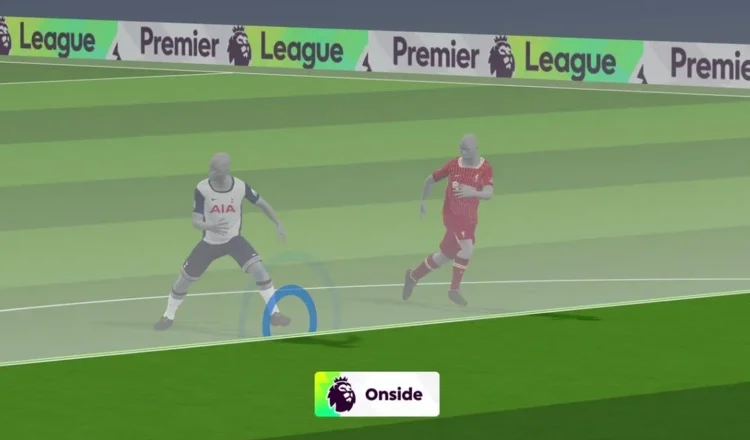This weekend marks the debut of semi-automated offside technology (SAOT) in the Premier League, following trials, delays, and mixed reactions.
Aimed at reducing the lengthy debates and delays that have plagued recent video assistant referee (VAR) decisions, the artificial intelligence system promises improved speed, efficiency, and consistency in offside rulings.
Clubs voted to implement SAOT last April, but its rollout was delayed to allow for further testing. While the technology solely addresses tight offside decisions, it does not cover other VAR reviews such as penalties, handballs, red cards, or mistaken identity.
The first match utilizing SAOT will be Manchester City’s home game against Crystal Palace on Saturday, and fans can expect a more automated approach to offside adjudication.
Here’s how it works: Bespoke cameras—30 at each stadium—track the movement of the ball along with 10,000 data points from the bodies of all 22 players, capturing crucial details at 100 frames per second. The system automatically determines three key aspects of an offside call: the timing of the ball being played, the positioning of the defender, and the positioning of the attacker.
By automating this process, SAOT eliminates much of the human subjectivity involved, such as selecting the correct freeze-frame moment. VAR officials verify the system’s accuracy before confirming decisions, which are then communicated to on-field officials and shared via 3D animations on TV and stadium screens.
Having already been tested in this season’s Champions League and FA Cup, the technology aims to modernize decision-making in the Premier League without altering other aspects of VAR interactions.





























